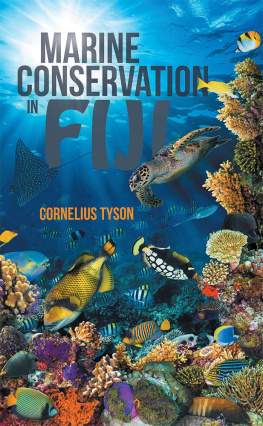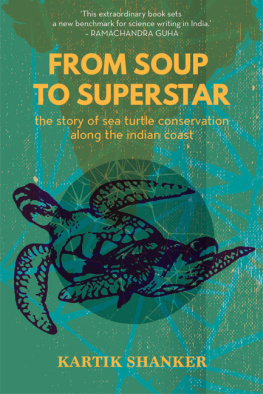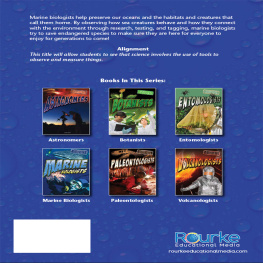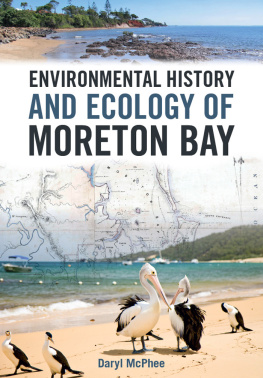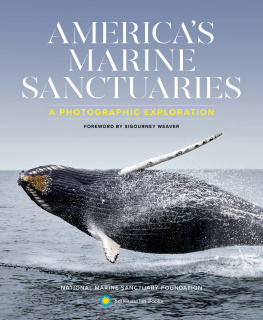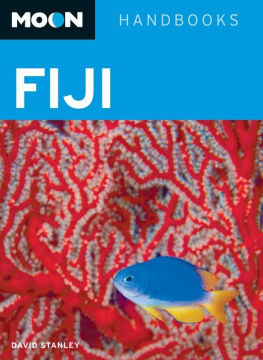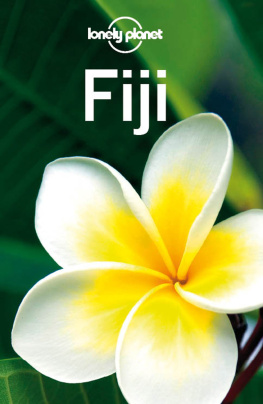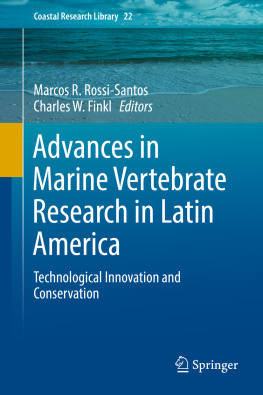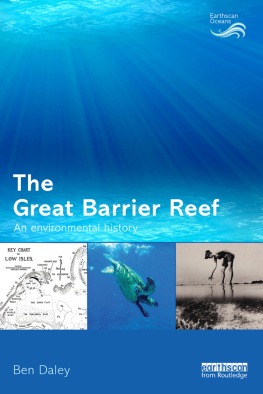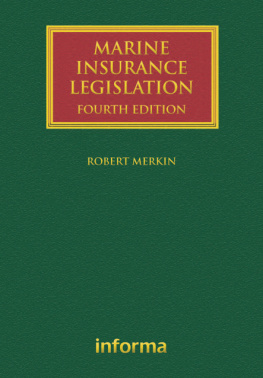Marine
Conservation
in Fiji
Cornelius Tyson

Marine Conservation in Fiji
Copyright 2017 Cornelius Tyson.
All rights reserved. No part of this book may be used or reproduced by any means, graphic, electronic, or mechanical, including photocopying, recording, taping or by any information storage retrieval system without the written permission of the author except in the case of brief quotations embodied in critical articles and reviews.
iUniverse
1663 Liberty Drive
Bloomington, IN 47403
www.iuniverse.com
1-800-Authors (1-800-288-4677)
Because of the dynamic nature of the Internet, any web addresses or links contained in this book may have changed since publication and may no longer be valid. The views expressed in this work are solely those of the author and do not necessarily reflect the views of the publisher, and the publisher hereby disclaims any responsibility for them.
Any people depicted in stock imagery provided by Thinkstock are models, and such images are being used for illustrative purposes only.
Certain stock imagery Thinkstock.
ISBN: 978-1-5320-2150-3 (sc)
ISBN: 978-1-5320-2151-0 (e)
iUniverse rev. date: 04/20/2017
CONTENTS
Dedication
I would like to dedicate this book to my Biology Professor Dr. Jarrett at Central Connecticut State University for his advice and guidance on the project that led to my writing this book, Global Vision International for the opportunity to work with them in Fiji, and especially my parents who provided me with love, support and just enough pushing to set me off on the right path to pursue my dream career.
In 2015 and 2016, the author participated in a community-based marine conservation project in Fiji sponsored by Global Vision International (GVI). He collected initial monitoring data on marine ecosystem species around the island of Caqalai. This data was used to assess existing conditions of the ecosystem and to help create conservation policies and educational strategies for the islanders of Caqalai. In addition, he spent a significant amount of time working with an organization on the island of Viti Levu that specializes in shark conservation.
This book consists of three sections: 1) research methods for observing marine species, 2) marine species of Fiji, and 3) community based marine conservation strategies. Each section includes a review of the literature on the subject and a summary of his experiences while in Fiji. The information presented includes explanations as to why each animal, from the smallest coral polyp to the largest bull shark, play an important role in maintaining the ecological balance of reef ecosystem. This book is intended to be used as a field guide for those interested in marine conservation in the South Pacific.
Much like the majority of countries in the South Pacific, Fiji is home to a vast diversity of coral, fish, invertebrate and other marine species. According to the Global Vision International (2015), there are hundreds of species of hard and soft coral, sea fans and sponges, a recorded 1,200 species of fish, nearly 500 species of mollusk including over 250 nudibranchs and over 100 bivalves in Fijian waters. Four species of marine turtles visit the waters of Fiji. Humpback whales pass through during their austral winter migration, and in some places there are resident Spinner dolphins. Fijians rely on these organisms for food and as tourism attractions, they provide the foundation for much financial income, and are the basis of much of their spiritual folklore.
Unfortunately, due to overfishing, climate change and nutrient pollution many of these species and their habitats are in danger. These problems are made worse by the growing demand put on marine resources. The demand for more food rises as the population of this island nation increases. From 1996 to 2016 the population of Fiji has increased from 775,077 to 897,537. With an increase of over 100,000 people in 20 years, the demand for food has grown quickly. Because of such sharp and rapid growth, the sustainability of these marine resources is under heavy pressure. Pressure is also coming from outside sources, mainly demand for food products for the Asian delicacy market. Shark fin soup and various sea cucumber dishes like Bche de Mer are viewed as a delicacy in many parts of Asia. The rise in demand for these products is causing wide spread poaching and is decimating shark and sea cucumber populations. In order for Fiji to build a case for better managing their marine resources, they must carefully monitor the conditions of these resources. Monitoring data is used to develop policies that aim to protect marine species under threat and their habitats. In addition, this information is used to create community programs to help educate people about new fishing and development strategies that better protect the marine environment.
There are many research methods used to survey the marine ecosystem. In Fiji there are three main methods that are used by the Department of Fisheries and the Fiji Locally Managed Marine Area Network (FLMMA) (Global Vision International, 2015). The three research methods are Line Intercept Transect (LIT), Invertebrate Belt Transect (IBT) and Underwater Visual Census (UVC). There are also Opportunistic Surveys that are used to look at species on the International Union for Conserving Nature (IUCN) list of endangered species. The data that is collected by these survey methods are then entered into color-coded GIS maps and used in scientific reports and in environmental presentations with local communities and with the Fijian government.
This method is mainly used to record changes in size or population of plants, coral or other benthic organisms. It is known as the standard method of surveying coral reef colony size and health by the Global Coral Reef Monitoring Network (GCRMN) (Hill, 2004). This method is generally done by creating and running various line transects at a set distance and noting the diversity of species, quantity of each species, size and health of the plant, coral or benthic organism that is crossed by each line (Caratti, 2006). The recommended length of each line transect and the length of transect used in Fiji is 20 meters (Caratti, 2006; Global Vision International, 2015). For coral, data is recorded in ratios of heads of coral per the length of the transect (Mumby, 2004).
This transect method is generally run by one person at the same time as a Line Intercept Transect or Point Intercept Transect is run by their partner. This method is used to observe targeted fish and invertebrate species abundances.
In Fiji, the use of the Belt Transect method is mainly used to assess the population count of invertebrates. The main focus is on assessing populations of Crown of Thorns Sea Star ( Acanthaster planci ) and several species of Sea Urchin and Gastropods like the Coral Snail ( Coralliophila neritoidea ) and Drupella ( Drupella cornis ). All of these species are coral eaters and when populations have gotten too high they are known to cause serious harm to live coral populations. Other invertebrates that are assessed may include: Trochus ( Trochus niloticus ), Tritons Trumpet ( Charonia tritonis ), Tiger Cowrie ( Cypraea tigris ), Giant Clam ( Tridacna gigas ), Sea Cucumbers, Painted Crayfish ( Panulirus versicolor ), and the Pronghorned Spiny Lobster ( Panulirus penicillatus ). These species are being harvested for their shells that are made into jewelry, sold as souvenirs, or sold as high priced food delicacies in Asia or Fijian Resorts (Global Vision International, 2015).
The diver that runs the Invertebrate Belt Transect is the dive buddy of the diver running the Line Intercept Transect as these can be run at the same time with the same set up. The difference is while the Line Intercept Transect diver swims straight along the 20 meter transect line recording the benthic organisms it crosses, the Invertebrate Belt Transect diver does a zigzag pattern along the transect line. This zigzag motion strays 2.5 meters to the left and the right of the transect line. This allows the diver to observe invertebrates that are not in clear view from right above the transect line (Global Vision International, 2015).
Next page
